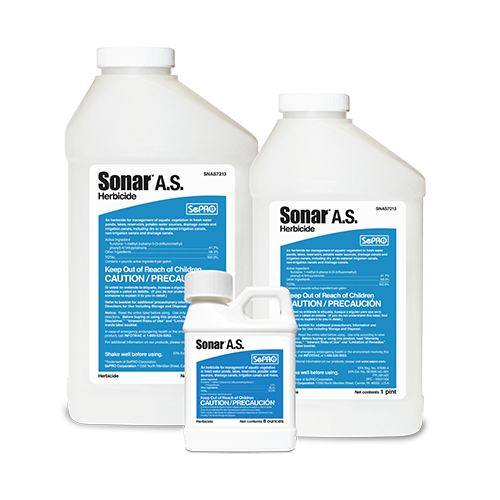Watermeal (Wolfia spp.) is a very small shinny, light green free-floating, rootless plant. Watermeal is the smallest seed-bearing plants in the world. The individual plants are slightly larger than a grain of sand and often resemble blue-green algae blooms from a distance. Watermeal forms a layer on surface that may cover an entire pond if conditions are calm and heavy infestations can shade sunlight required for oxygen synthesis and fish productivity.
Description
- Spherical or oval shape, sometimes flattened
- About the size of a pinhead
- Resemble specks of cornmeal floating on the water.
- Color is shiny deep or lime green
- Size is sometimes no larger than poppy seed.
- Watermeal has no root structure. (rootless)
Size
Watermeal is very tiny (less than 1mm)
Reproduction Method
Watermeal reproduces by budding and fragmentation. Watermeal continues to germinate all season adding to its persistent nature.
Misidentification
Watermeal is often misidentified as algae or "green pond scum."
The Problem with Watermeal
Watermeal is NOT known as an important part of any animals food resources. Dense colonies of watermeal often can completely cover the surface of a pond and will cause dissolved oxygen depletion and fish kills. These colonies will also eliminate submerged plants by blocking sunlight penetration
Synopsis
Although watermeal is native in some parts of the United States, it is typically becomes a nuisance plant in ponds and small lakes. Watermeal tend to grow in dense colonies in quiet water, undisturbed by wave action. If the watermeal colonies cover the entire surface of the water, then oxygen depletion and potential fish kills can occur. Watermeal are also pervasive growers pushing out more desirable native vegetation crucial to a healthy food chain. Watermeal should be controlled before they cover the entire surface of the pond.




